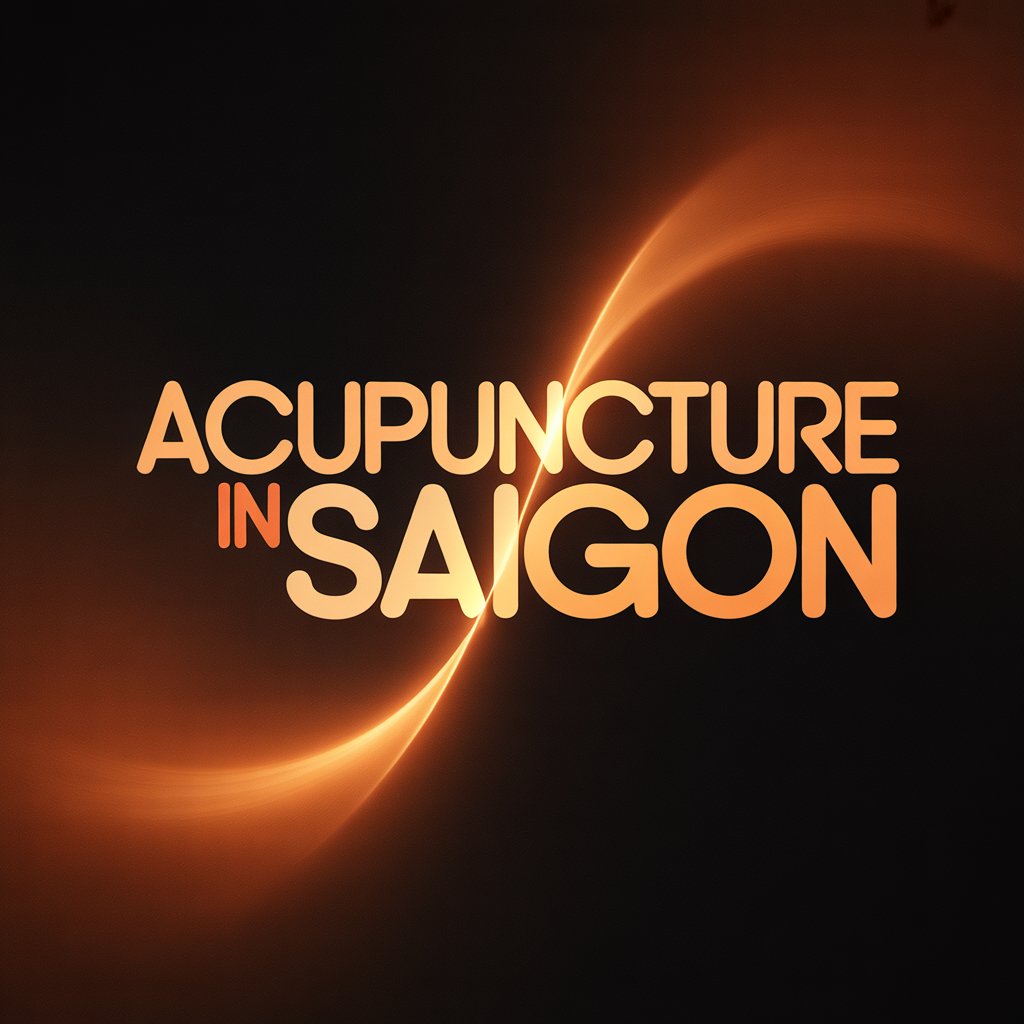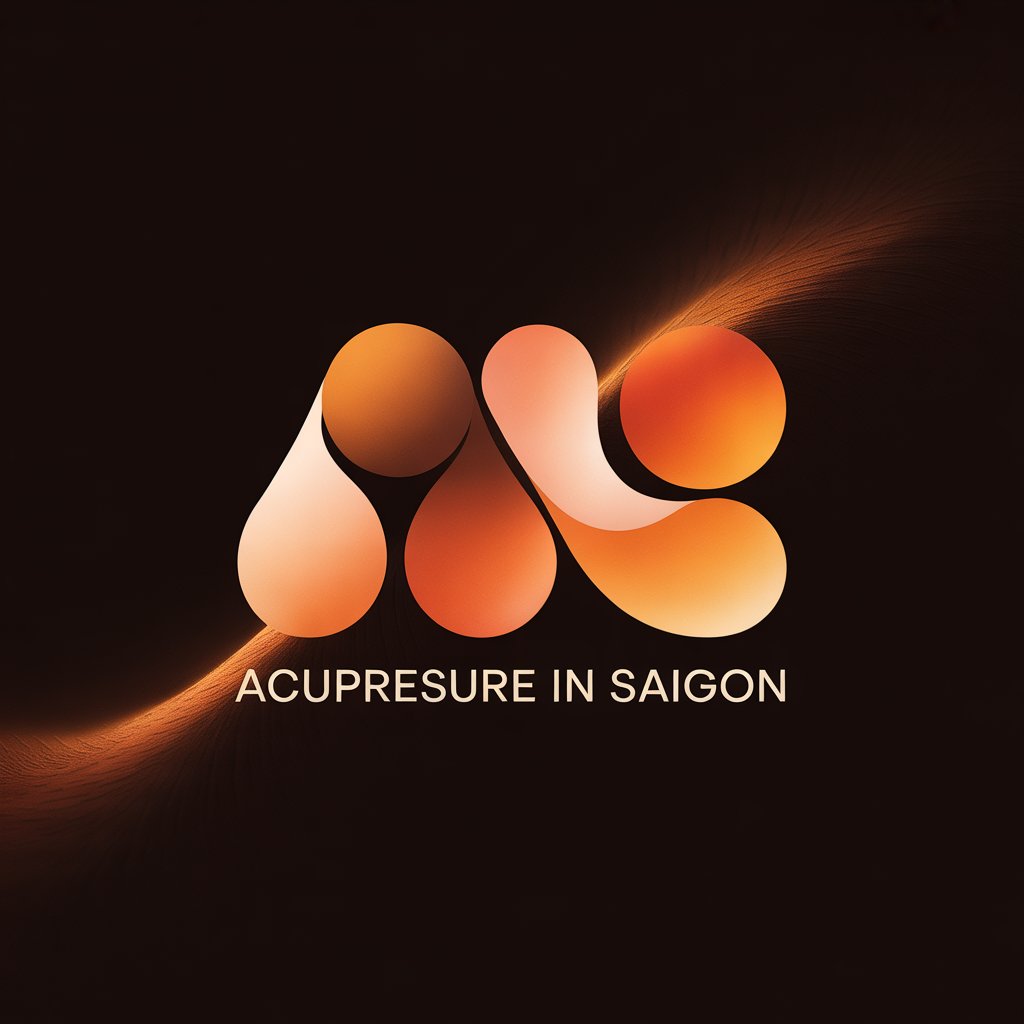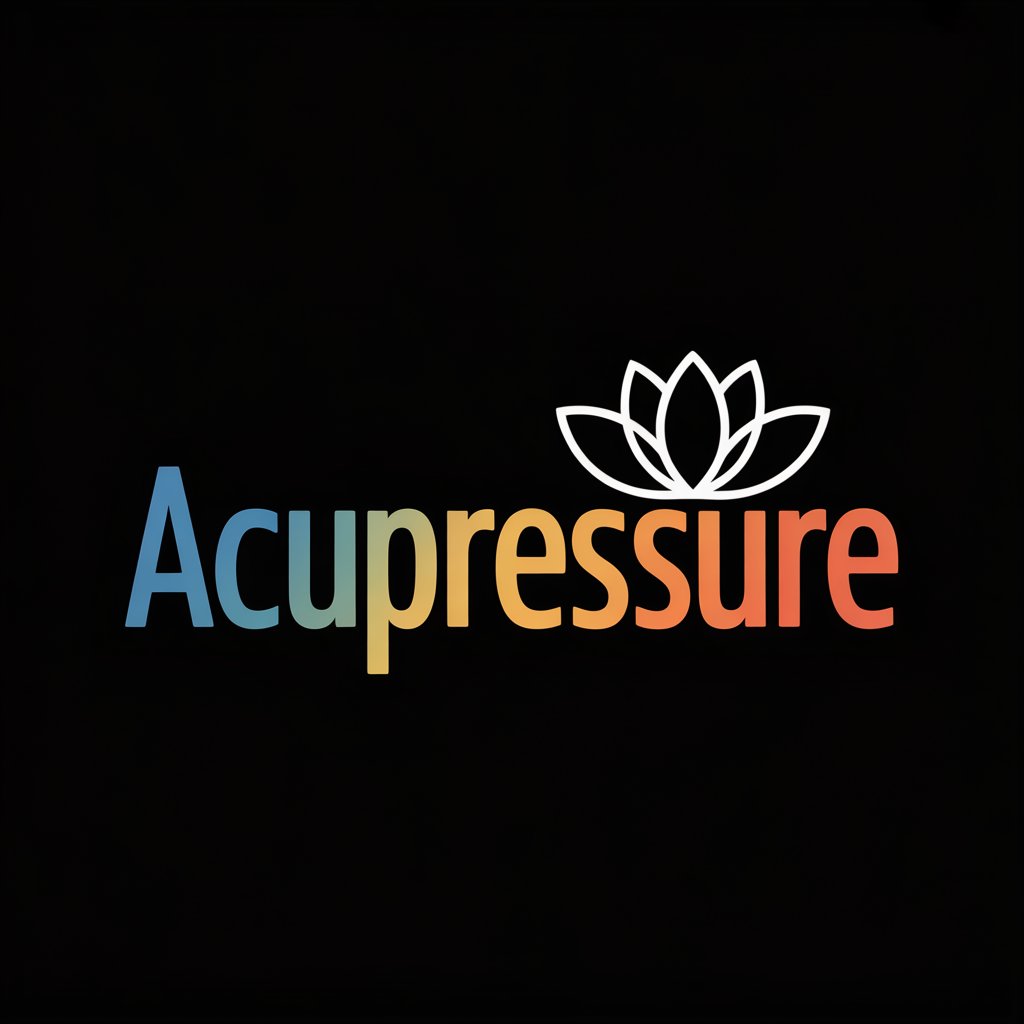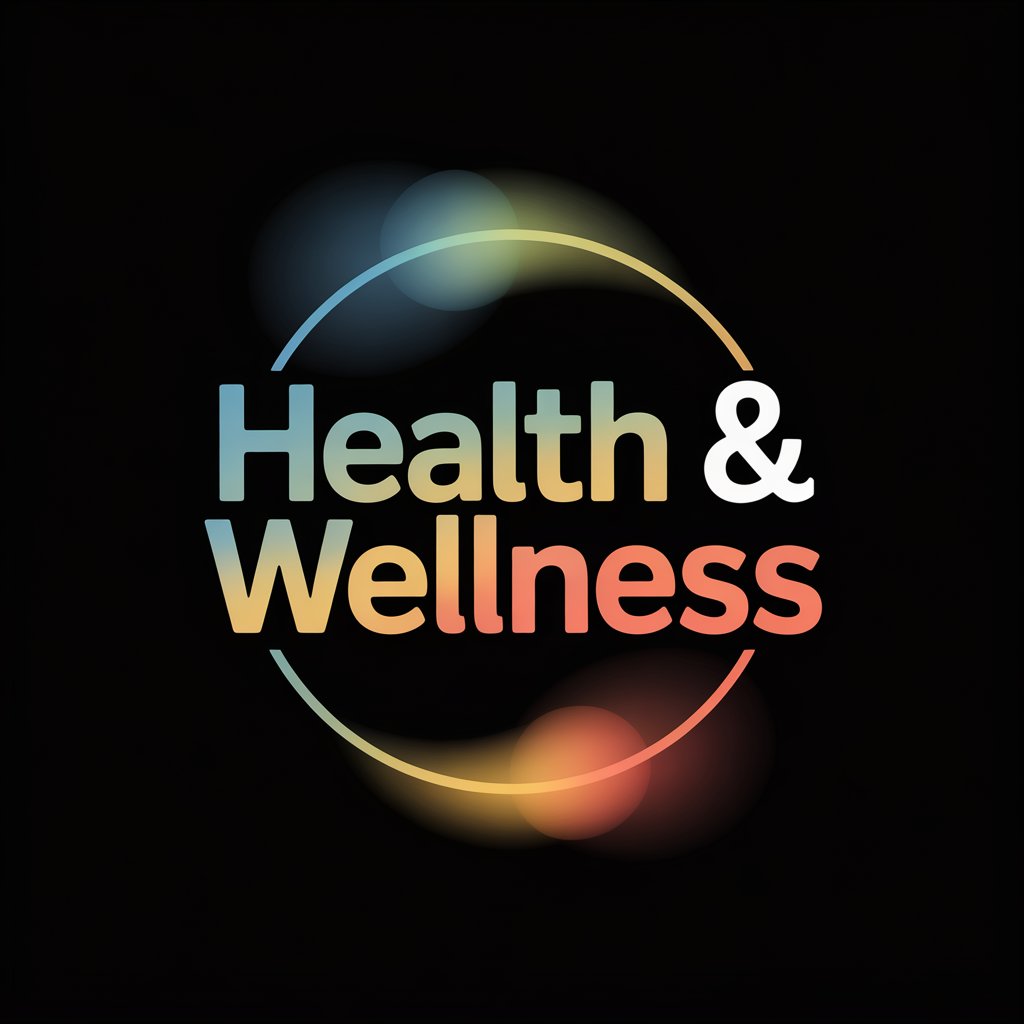Benefits of Acupressure: A Deep Analysis

Acupressure, an ancient healing technique rooted in Traditional Chinese Medicine (TCM), involves applying physical pressure to specific points on the body (acupoints) to stimulate the body’s natural self-healing abilities.1
It’s based on the concept of Qi (pronounced “chee”), or vital energy, flowing through pathways called meridians.2 Applying pressure to acupoints is believed to clear blockages in these meridians, restoring the smooth flow of Qi and promoting balance and health.3
Benefits of Acupressure: A Deep Analysis
The potential benefits of acupressure are wide-ranging, and while scientific research is ongoing, many individuals report positive outcomes.4 Here’s a deeper look at some key areas:
1. Pain Relief:
- Mechanism: Acupressure may alleviate pain through several mechanisms.5 The Gate Control Theory suggests that stimulating non-painful nerve fibers through pressure can block the transmission of pain signals to the brain.6 Additionally, acupressure is believed to release endorphins, the body’s natural pain relievers and mood elevators.7 It can also improve blood circulation and relax muscles, both of which can contribute to pain reduction.8
- Evidence: Studies and anecdotal evidence suggest acupressure can be beneficial for various types of pain, including:
- Back Pain: Several studies indicate that acupressure can be more effective than physical therapy for lower back pain.9
- Neck Pain: Applying pressure to specific points can help relieve chronic neck pain.10
- Headaches: Acupressure on points around the head, neck, and hands may reduce the frequency and intensity of chronic headaches and migraines.
- Knee Pain: Specific acupoints around the knee may help alleviate knee pain.11
- Menstrual Pain: Acupressure on points on the hands, feet, and ankles may reduce menstrual cramps and the need for pain medication.12
- Labor Pain: Acupressure during labor may help decrease pain and potentially shorten the duration of labor.13
- Cancer Pain: Acupressure may help manage cancer-related pain and reduce the need for opioids.14
- Postoperative Pain: Some studies suggest acupressure can help reduce pain after surgery.15
2. Stress and Anxiety Reduction:
- Mechanism: Acupressure can stimulate the parasympathetic nervous system, which is responsible for the “rest and digest” response, leading to relaxation. It may also reduce levels of the stress hormone cortisol and increase the release of endorphins, promoting feelings of calm and well-being.
- Evidence: Research suggests that acupressure may help:
- Reduce stress and anxiety levels.
- Improve well-being and promote relaxation.
- Alleviate symptoms of mild to moderate depression.
- Reduce anxiety in specific situations, such as during medical procedures.
3. Nausea and Vomiting Relief:
- Mechanism: Stimulating certain acupoints, particularly P6 (located on the inner wrist), is thought to interrupt signals in the brain that trigger nausea and vomiting.
- Evidence: Acupressure, especially on the P6 point, has been shown to be effective in reducing nausea and vomiting associated with:
- Motion sickness.
- Pregnancy (morning sickness).
- Chemotherapy.
- Post-surgery recovery.
- Spinal anesthesia.
4. Improved Sleep:
- Mechanism: By promoting relaxation and reducing anxiety, acupressure can create a more conducive state for sleep. Certain acupoints are specifically believed to calm the mind and soothe the nervous system.
- Evidence: Some studies suggest that acupressure may help:
- Improve sleep quality.16
- Reduce insomnia symptoms, such as difficulty falling asleep or staying asleep.17
5. Other Potential Benefits:
- Increased Energy: Some individuals report increased energy levels and reduced fatigue after acupressure.18
- Improved Circulation: Acupressure may help enhance blood flow throughout the body.19
- Digestive Issues: Certain acupoints may help alleviate symptoms of digestive disorders like gas, bloating, and stomach pain.20
- Immune System Support: Some proponents believe acupressure can help boost the immune system.21
- Vision and Skin Health: Traditional uses and anecdotal reports suggest potential benefits for vision and skin health, although more research is needed.22
- Blood Pressure Regulation: Some studies indicate that acupressure may help lower high blood pressure, but it should be used as a complement to conventional medical treatment.23
How Often Should One Do Acupressure?
The frequency of acupressure sessions can vary depending on the individual, the condition being addressed, and whether it’s self-administered or performed by a practitioner.24 Here’s a more in-depth look at general guidelines:
For Self-Administered Acupressure:
- Acute Issues (e.g., a recent headache, mild nausea):25 You can often apply acupressure several times a day (2-3 times or more) until symptoms improve.26 Short sessions of 2-3 minutes per point can be beneficial.
- Chronic Conditions (e.g., persistent pain, ongoing stress): Daily self-acupressure sessions may be most effective. Sessions can last for 10-30 minutes, focusing on relevant acupoints. Consistency is key for managing chronic issues.27
- Preventative Care and General Well-being: Even when not addressing a specific ailment, regular acupressure (e.g., a few times a week) can help promote relaxation, improve energy flow, and support overall health.
- Specific Conditions: Some conditions may have specific recommendations. For example, for menstrual pain, it’s sometimes suggested to start applying acupressure a few days before the period begins and continue during menstruation, possibly twice a day or more.28
When Receiving Acupressure from a Practitioner:
- The frequency and duration of professional acupressure treatments will be tailored to your specific needs and the practitioner’s assessment.
- Often, a series of sessions (e.g., 6-8 sessions initially) may be recommended to achieve the desired results.
- The frequency of follow-up sessions will depend on your progress and the nature of your condition. It could range from weekly to monthly or as needed for maintenance.
General Guidelines and Considerations:
- Listen to your body: Pay attention to how you feel during and after acupressure.29 If a point is very tender, use lighter pressure. Avoid applying pressure to open wounds, inflamed areas, rashes, or varicose veins.30 Pregnant women should consult a healthcare professional before using acupressure, as some points are contraindicated.31
- Consistency is important: Whether self-administered or professional, regular acupressure tends to yield better results over time.32
- Combine with other healthy habits: Acupressure is often most effective when combined with a healthy lifestyle, including proper diet, exercise, and stress management techniques.
- Consult a professional: For chronic or severe conditions, it’s advisable to seek guidance from a qualified acupressure practitioner or healthcare provider to ensure proper point location and application. They can also provide a personalized treatment plan.
In conclusion, acupressure offers a non-invasive and potentially beneficial approach to managing a variety of physical and emotional conditions.33 While research continues to explore its full potential, many individuals find it a valuable tool for pain relief, stress reduction, and overall well-being.34 The frequency of acupressure should be tailored to individual needs and the specific situation, with consistency often being a key factor in achieving positive outcomes.35




